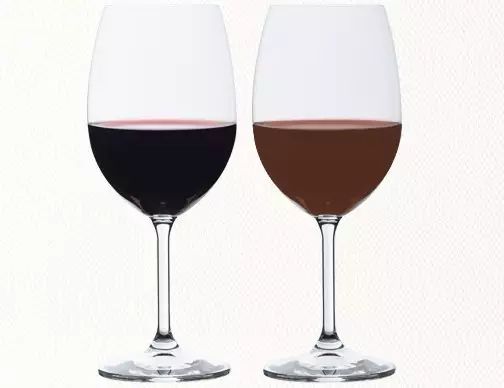
What are the drinking temperatures for different types of wines?



Drinking wine at the beginning of autumn has so many benefits



What are the drinking temperatures for different types of wines?



Drinking wine at the beginning of autumn has so many benefits
Tip: How to tell when wine is spoiled?



When it comes to spoiled wine, it is indeed difficult to determine without some knowledge and experience. However, you have to learn how to tell the difference, so check it out with me below.
- 1. Odor If the wine smells musty and like basement, wet cardboard or vinegar, the wine has gone bad. Often, a strong raisin odor is another sign of deterioration.
- 2. Red wine appears sweet If a bottle of red wine has a Port or dessert-like flavor, it means that the wine may have been stored in an overheated environment and is now unfit for consumption.
- 3. Appearance of brown color Red wines that possess a brownish hue indicate that the wine is probably past its prime. White wines that have a dark yellow or brown color usually indicate that the wine is likely to be oxidized.
- 4. Cork protrudes Wine ripens prematurely at high temperatures and thus deteriorates, i.e., it is "killed" by the heat. Over-ripened wines lose their fresh fruit aromas and turn into the smell of cooked, rotten fruit. In addition, high temperatures increase air pressure in the bottle, which is often accompanied by corks being pushed up.
- 5. Still wine has the flavor of soda Wines that are bubbly or have a carbonated flavor may have undergone a secondary fermentation after bottling, and these wines are generally not suitable for drinking. However, Austrian Green Veltliner wines usually have some small bubbles as well.




